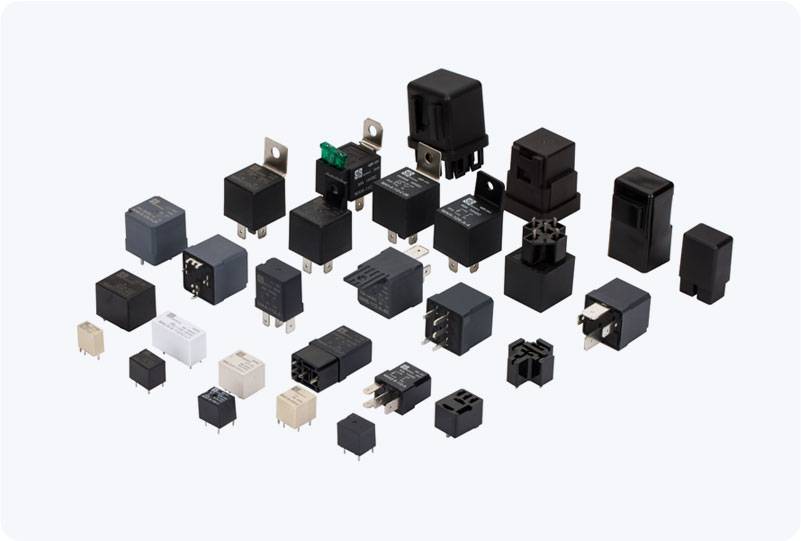In modern electrical systems, maintaining the integrity and safety of high-voltage equipment is crucial. One of the key challenges in high-voltage circuit protection is managing electrical arcing, which can lead to significant damage to components and pose a serious safety hazard. The Hydrogen Gas Arc Extinguishing Relay has emerged as an effective solution for this issue, utilizing hydrogen gas to extinguish arcs in high-voltage switchgear, circuit breakers, and other electrical devices. This article explores the principles, advantages, and applications of the Hydrogen Gas Arc Extinguishing Relay in electrical protection systems.

What is a Hydrogen Gas Arc Extinguishing Relay? The Hydrogen Gas Arc Extinguishing Relay is a protective device designed to extinguish electrical arcs generated during fault conditions in high-voltage circuits. Arcs typically occur when a circuit is interrupted, and the current tries to continue flowing across an open contact. These arcs generate extreme temperatures, which can damage equipment and cause potential safety hazards. This relay works by introducing hydrogen gas into the area where the arc forms. Hydrogen is an excellent medium for arc extinguishment due to its high thermal conductivity and electrical insulating properties. As the arc forms, the hydrogen gas absorbs the heat from the arc, rapidly cooling it down and helping to quench the arc. This process helps to protect electrical equipment from the devastating effects of electrical arcing.